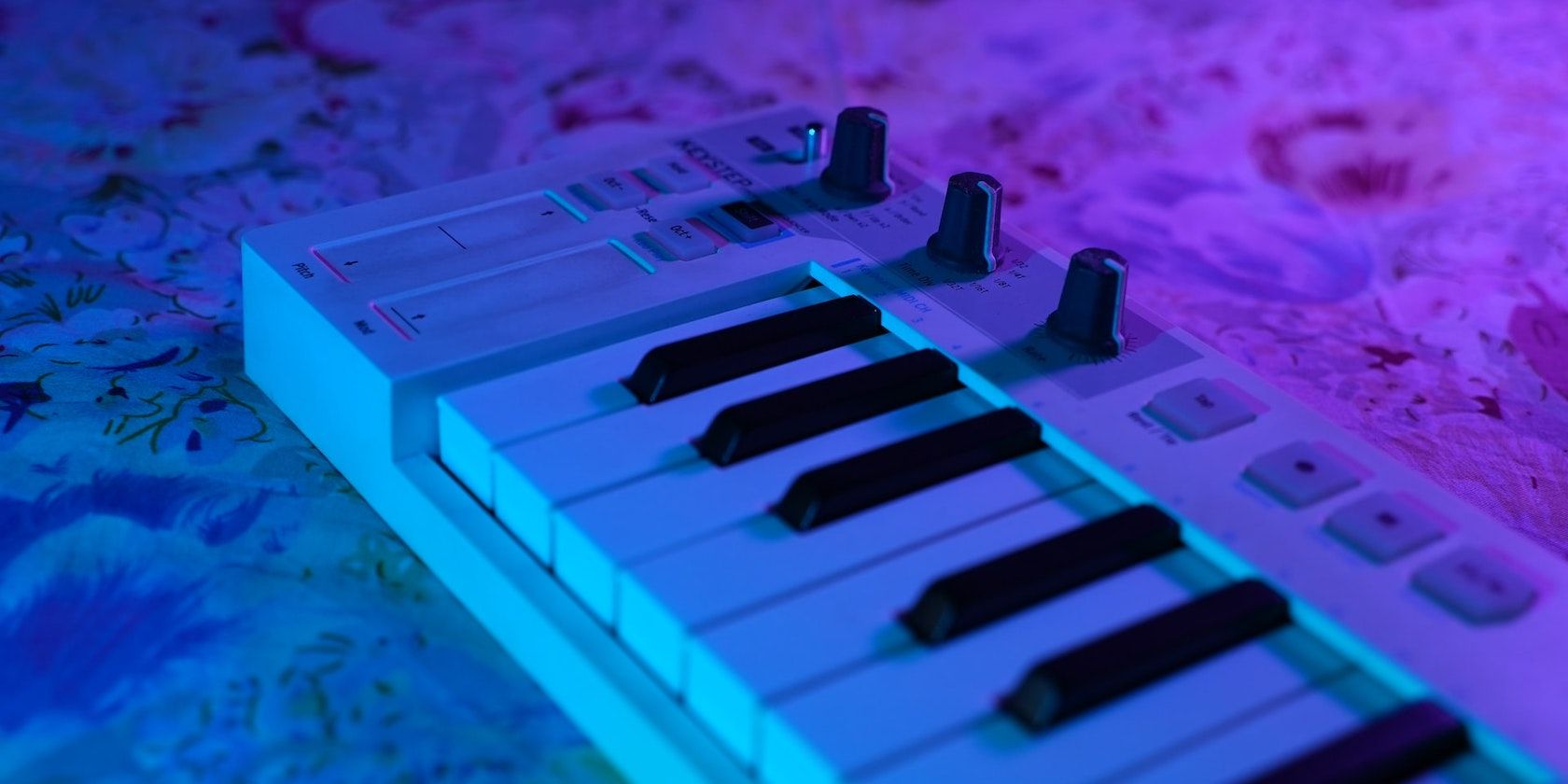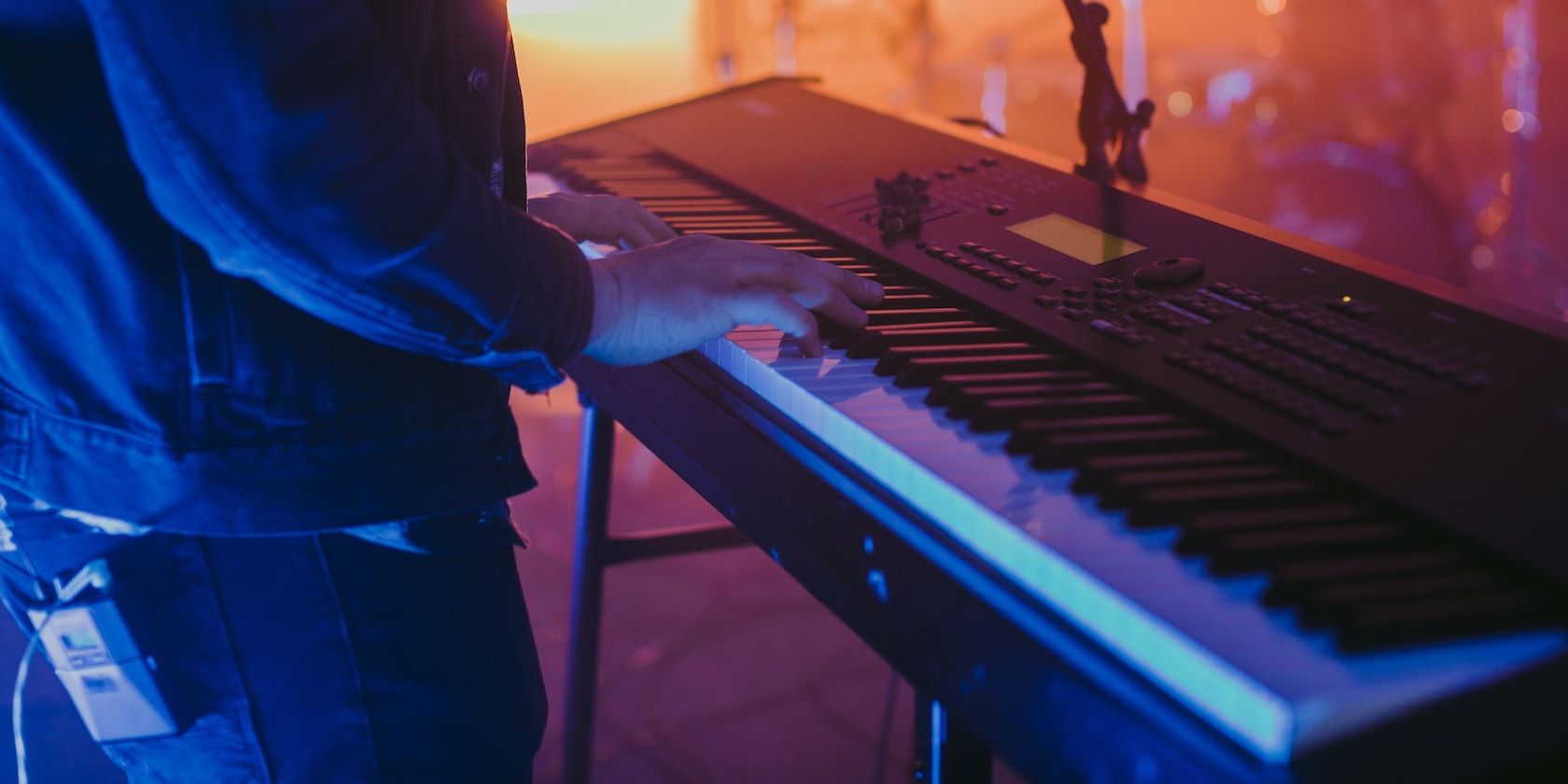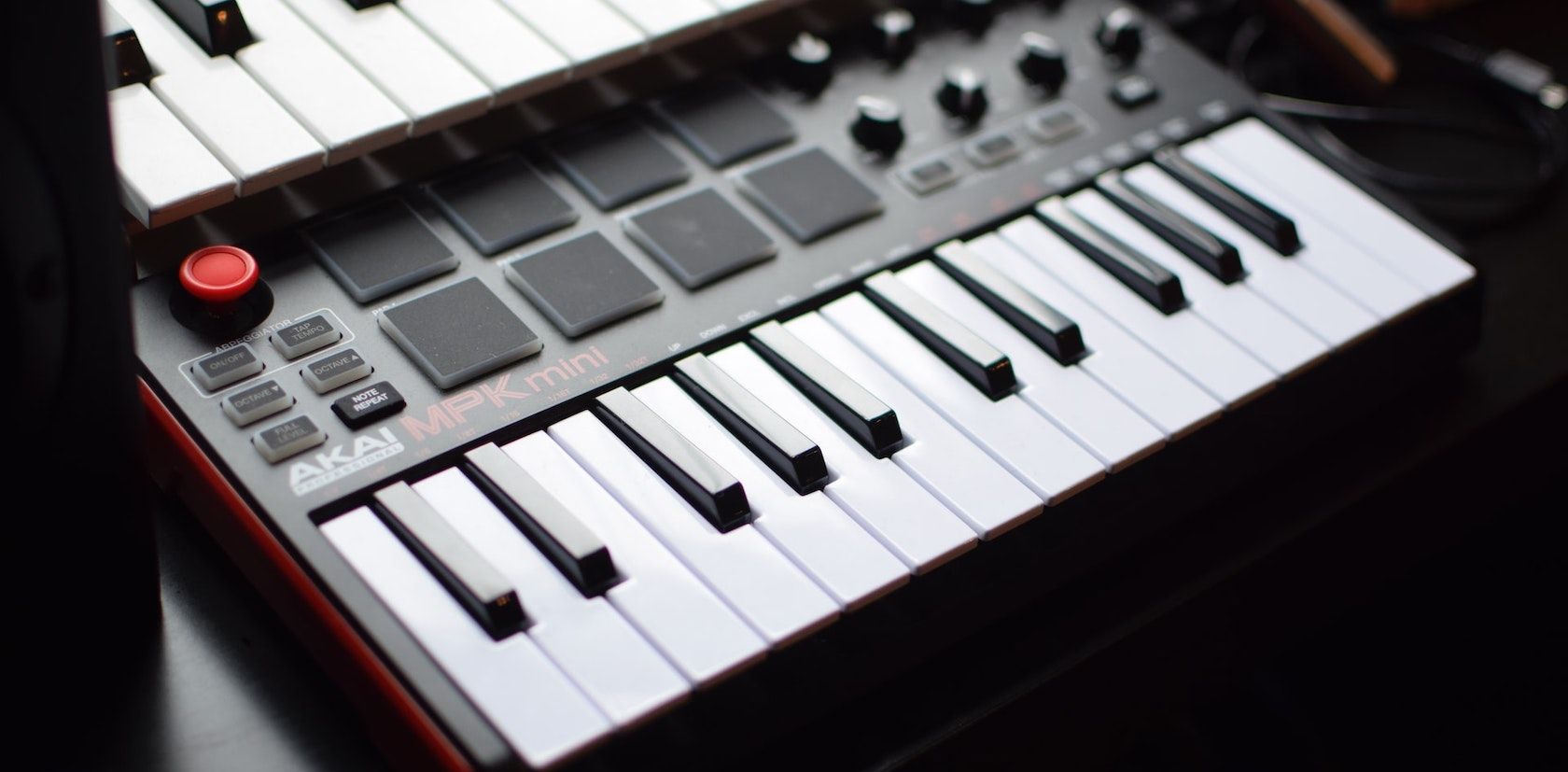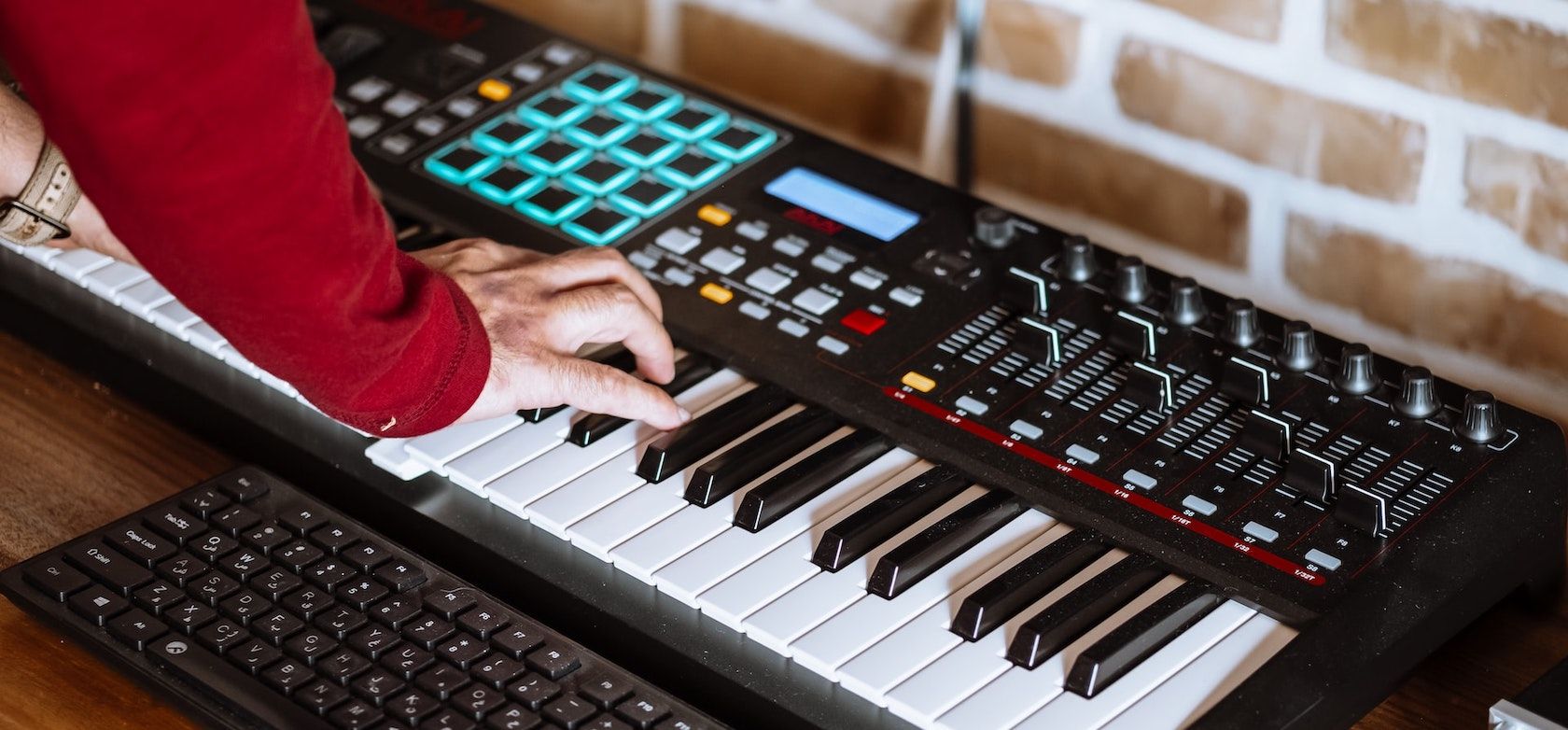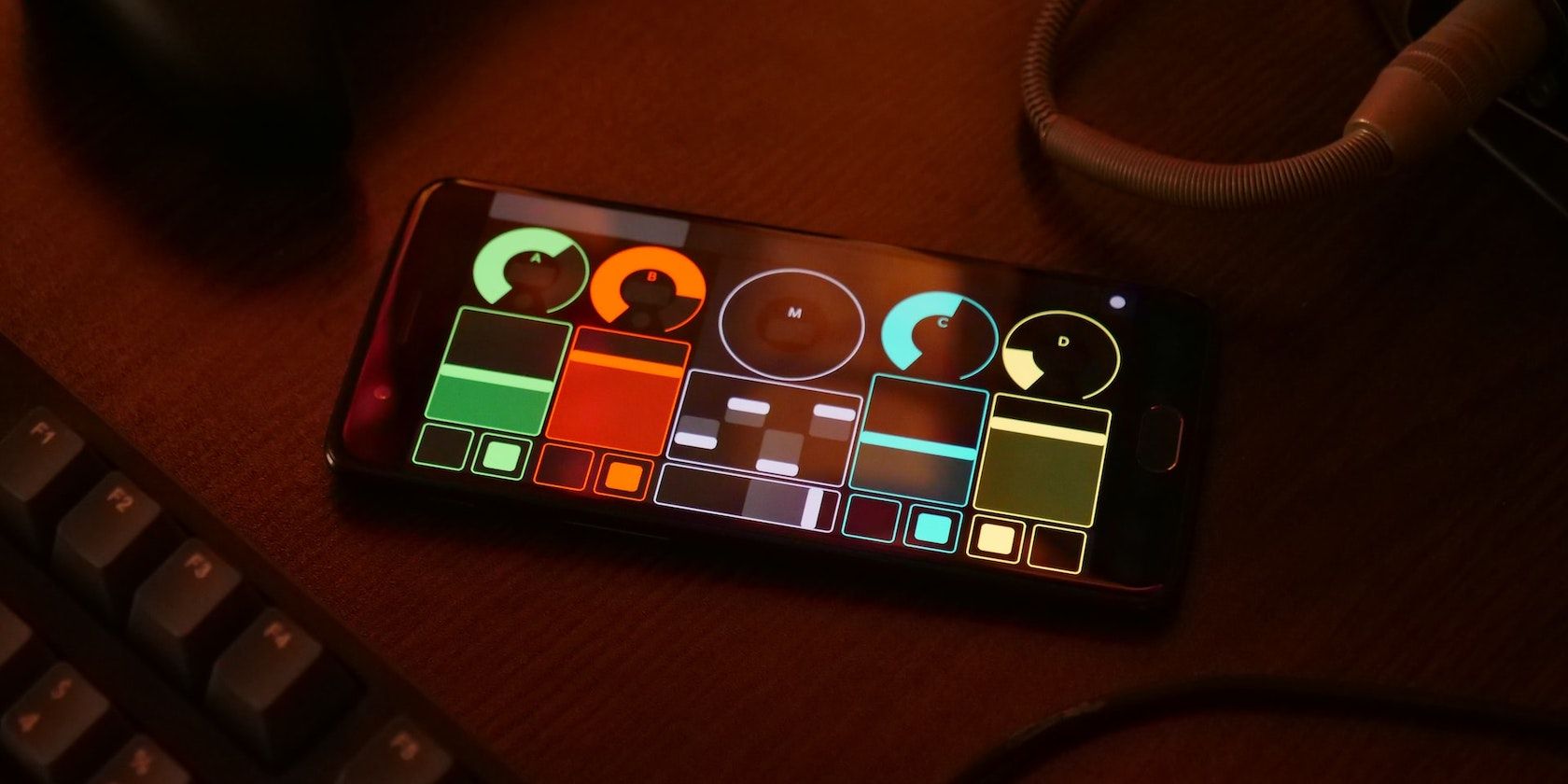Buying your first MIDI keyboard is a confusing experience. With hundreds of different models out there, how do you know what you're looking for?
In this article, we're going to keep it simple. Before buying a MIDI keyboard, there are a few main things to know. These include what the perfect number of keys is, why small keyboards aren't always the best, and how the key weight changes the ways it feels to play.
1. The Golden Number of Keys: 49
The first thing you want to do is start by working out how many keys you want. Some common number of keys to choose from are 25, 32, 37, 49, 61, 88, and 91.
It seems like a lottery ticket of random numbers, but what they relate to is the number of octaves on a keyboard. As an example, 49 keys will give you four octaves, which is a comfortable amount of space to play a song using two hands.
Any more than 49 and you start to get large keyboards that weigh a lot, but have plenty of space to move your hands around on. Anything less, then you start to get compact MIDI keyboards that are perfect for a desktop but aren't any good for playing full songs on.
If you're not sure what number of keys is best, you can apply the Goldilocks Effect. That is to say, 25 keys might be too small, while 91 keys can exceed your needs, and the keyboard that combines the best of both options is usually somewhere in the middle; around 49 keys.
There are of course plenty of exceptions, but it's a great place to start. If your priority is portability, look at keyboards with less than 49 keys. But if you're looking for playability, then head north of that number.
2. Small MIDI Keyboards Are Not Always the Best
The first time you buy a MIDI keyboard, it's tempting to go for something small. They are among the most affordable designs, plus they are lightweight and portable; which are the main reasons why you will find them on almost every best-of list. That doesn't mean they don't have downsides though.
Smaller keyboards have fewer keys to play which means you can only squeeze in one hand at a time. As a result, you will have to press a button to switch octaves, or move MIDI notes around in the DAW after you are done with the mouse pointer.
If you get a larger MIDI keyboard instead, then you remove these obstacles, meaning you can focus more on the music. There's nothing worse than dealing with tech issues when you are in the creative flow, that's why experienced users will recommend no less than 49 keys.
3. Knobs, Pads, and Faders Must Be Programmed
The array of shiny and colorful buttons on a keyboard will lure anyone in. You might even think that the more buttons there are, the better the keyboard. But before you select the keyboard that has the most impressive collection of knobs, pads, and faders, keep in mind that most of them don't work straight out of the box.
Unlike the keys, which should need little to no programming in your DAW, the knobs will need to be assigned a function. How to do this will depend on what program you are using, but in any case, it adds more to the learning process.
If your goal is to play live performances one day, then buttons play a larger role. But for most bedroom producers, a handful of knobs and faders is plenty to get started with, so you can record your keyboard or try out VST plugins.
4. Key Weights Change How It Feels to Play
Not a lot of people know that you can get keyboards with different key weights. They fall into three main categories: weighted, semi-weighted, and unweighted. The main thing to know is that the weight of keys will change how the keyboard feels.
A keyboard with weighted keys will feel closer to playing a real piano, which helps piano players feel more comfortable changing from a real piano to a plastic keyboard.
Semi-weighted keys will give you some pushback as you press the key, but being lighter, it's quicker to move across the keys.
Unweighted is just that, there is no weight to the keys. They feel light to tap and quick to play, which suits playing drum samples, for example. Keep in mind though, that in poor-quality keyboards, this can lead to the keys feeling hollow, spongy, and overall cheap—not very inspiring for music making.
5. MIDI Keyboards Are Plug and Play
Thanks to most USB keyboards being class compliant, you won't need special drivers or extra software to use your keyboard. Most MIDI keyboards nowadays will connect to your computer through USB and are also powered via USB too, unless it is a large model.
It's always safe to double-check if a keyboard is compatible with your computer or laptop, but rest assured you are unlikely to run into any problems.
6. You Don't Need a MIDI Keyboard to Make Music
Did you know that you don't need a MIDI keyboard to play music in a DAW? If you have the music production software, nothing is stopping you from laying down a beat right here and now.
Most DAWs have the option to open an onscreen keyboard you can use with your mouse or play by pressing the keys on your computer keyboard. An alternative option is to open the MIDI editor in your software and use your mouse to input notes. They aren't as efficient or even fun to use, but there are scores of people who make music this way.
Another option is to use an app like Logic Remote or TouchOSC to control your Logic Pro session from an iPad, including the piano roll. This is a fantastic middle option, offering the best of both worlds if you own a Mac computer.
7. The Biggest Deciding Factor Comes Down to What You Need It For
Whether you are a bedroom producer, piano player, beat maker, or would-be film composer, everyone needs something different from their MIDI keyboard. So at the end of the day, choosing a keyboard comes down to what you need it for the most.
The points we have covered above are a solid place to begin, but will no doubt be influenced by your music production goals. If you're visiting a store in person, make sure to let the sales assistant know what you plan to use the keyboard for.
To start with, you can check out our roundup of the best MIDI keyboards.
How to Find the Perfect MIDI Keyboard
It's not difficult to choose the right MIDI keyboard once you know what to look for. There are hundreds of cool products out there that are tempting to buy just for the looks, but don't let that sway you.
Work out how many keys you want and consider what size keyboard will fit your setup. You can also keep an eye out for different key weights. In the end, pair your answers with your music-making goals, and you will land on the perfect MIDI keyboard to buy.

